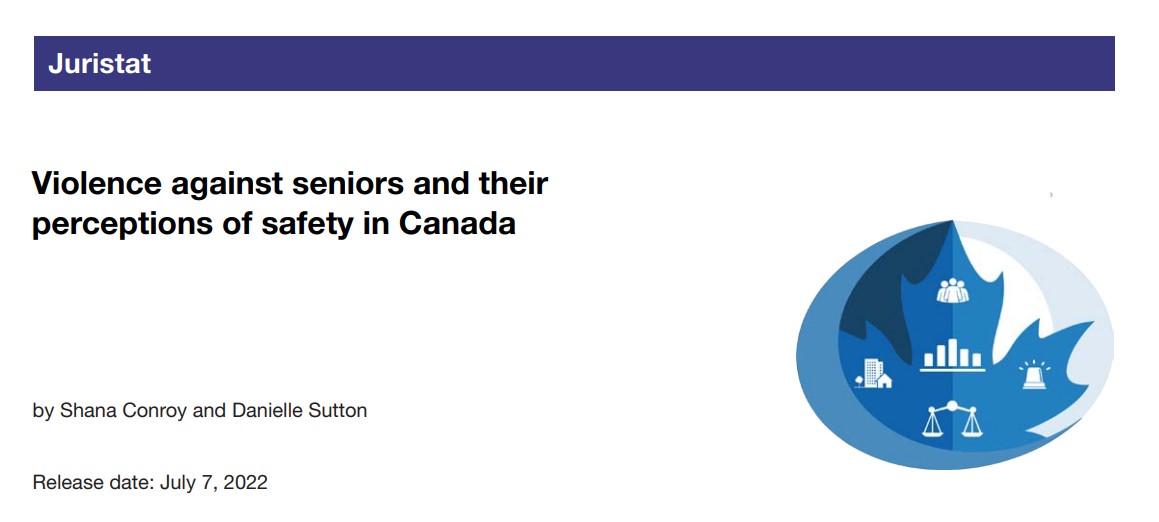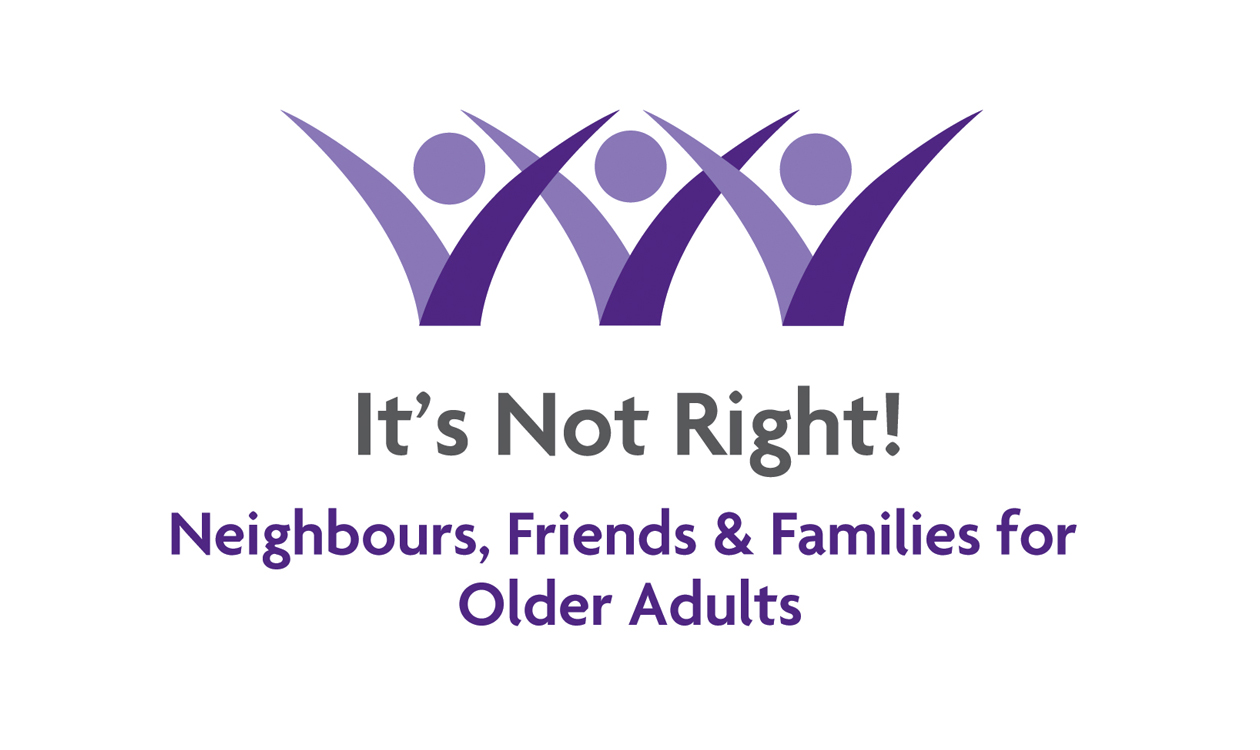 "Overall, older Canadians are aging better, are more active and are engaging in fuller lifestyles than previous generations. At the same time, however, they remain at risk of experiencing violence at the hands of family members, intimate partners, friends, caregivers and others (Miszkurka et al. 2016). Among seniors, a greater proportion (54%) are women in large part due to women living longer, on average, than men. The gender mortality gap, however, has diminished in recent years and is forecasted to continue shrinking in light of increased life expectancy among Canadian men (Statistics Canada 2019a). The growing proportion of seniors in Canada highlights the importance of understanding their risk of being victimized and, relatedly, their perceptions of safety and feelings of security. When seniors experience victimization, knowing where it occurs, who perpetrates it and whether it is reported to the police is crucial to understanding and mitigating risk
"Overall, older Canadians are aging better, are more active and are engaging in fuller lifestyles than previous generations. At the same time, however, they remain at risk of experiencing violence at the hands of family members, intimate partners, friends, caregivers and others (Miszkurka et al. 2016). Among seniors, a greater proportion (54%) are women in large part due to women living longer, on average, than men. The gender mortality gap, however, has diminished in recent years and is forecasted to continue shrinking in light of increased life expectancy among Canadian men (Statistics Canada 2019a). The growing proportion of seniors in Canada highlights the importance of understanding their risk of being victimized and, relatedly, their perceptions of safety and feelings of security. When seniors experience victimization, knowing where it occurs, who perpetrates it and whether it is reported to the police is crucial to understanding and mitigating risk
Although prevalence estimates vary, violence against seniors is thought to affect approximately one in eight older adults living in the Americas (Yon et al. 2017). The risk of experiencing various forms of abuse is heightened among certain segments of the senior population. Specifically, those who are socially isolated, cognitively impaired, physically frail, living in institutionalized settings or dependent upon others for care are at an increased risk of experiencing abuse (Brijnath et al. 2021; Pillemer et al. 2016). The consequences of abuse, which in turn intensify the risk of recurrence, include an increased likelihood of developing mental or physical health conditions, hospitalization, cognitive decline, nursing home placement and mortality (World Health Organization 2021; Yunus et al. 2019).
This Juristat article relies on multiple data sources to examine the nature and prevalence of violent victimization of seniors. In addition, the article presents the various factors associated with perceptions of crime and safety among seniors. Self-reported data from the 2019 General Social Survey on Canadians’ Safety (Victimization) are presented first, detailing seniors’ experiences of violent victimization and their perceptions of safety. The sections that follow present police-reported data from the Uniform Crime Reporting Survey and the Homicide Survey, providing detail on annual trends, accused-victim relationships and incident characteristics. While 2020 was an unusual year due to the COVID-19 pandemic, police-reported incident data were similar for 2019 and 2020. As such, this article reports the latest police-reported data from 2020.
Source: Statistics Canada

















